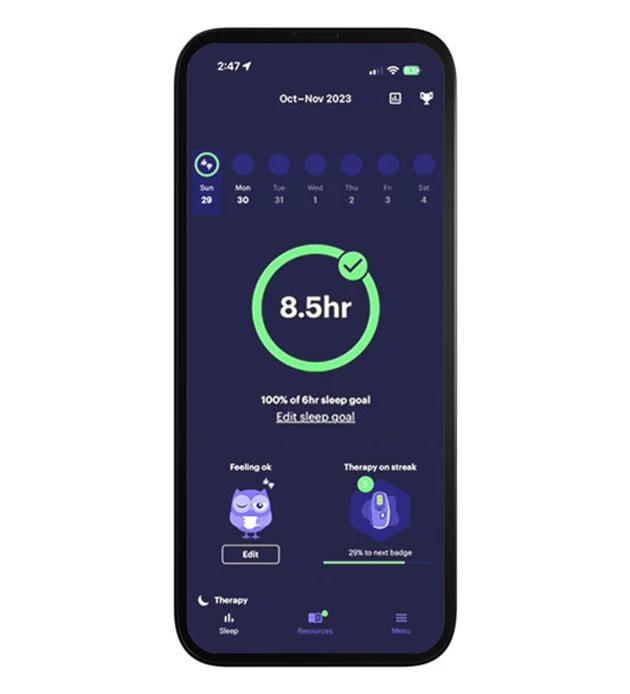How Inspire®
When you’re breathing better, you’re sleeping better
Inspire therapy is the only FDA-approved obstructive sleep apnea (OSA) therapy that works comfortably1 inside your body.
The small Inspire® implant delivers gentle pulses to your airway muscles to keep your airway open so you can breathe regularly and sleep soundly.
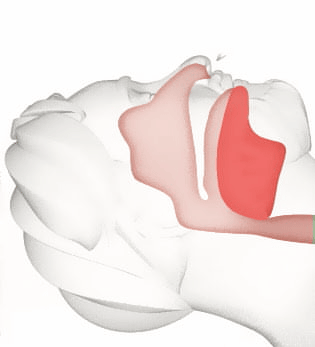
When we sleep, our airway muscles and tongue relax. For people with OSA, the tongue relaxes into a position that blocks the airway.
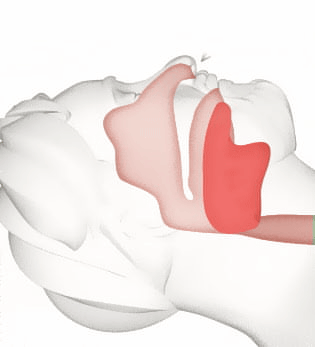
When your airway is blocked you get less oxygen to your brain, triggering you to wake up to take a breath. This cycle happens repeatedly, preventing quality sleep.
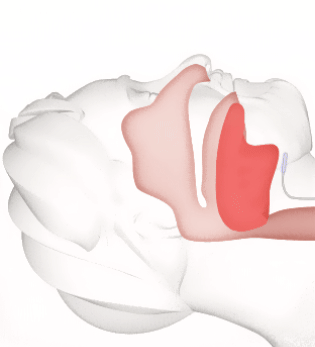
The Inspire implant delivers gentle pulses that move your tongue out of the way each time you take a breath, keeping your airway open while you sleep soundly. No mask or hose required.
Patient outcomes with Inspire therapy

of bed partners report no snoring or soft snoring.2

of people are satisfied with Inspire therapy.3

reduction in sleep apnea events.2

of patients say Inspire therapy is better than CPAP and would recommend it to others.3
Safe outpatient procedure
Over 99.5% of Inspire implant procedures are successfully completed without any major complications.4
The small Inspire® implant is placed near your collarbone during an approximately 90-minute outpatient procedure. After the procedure, most people require nothing more than over-the-counter pain medication, and within a few days, can resume non-strenuous activities.
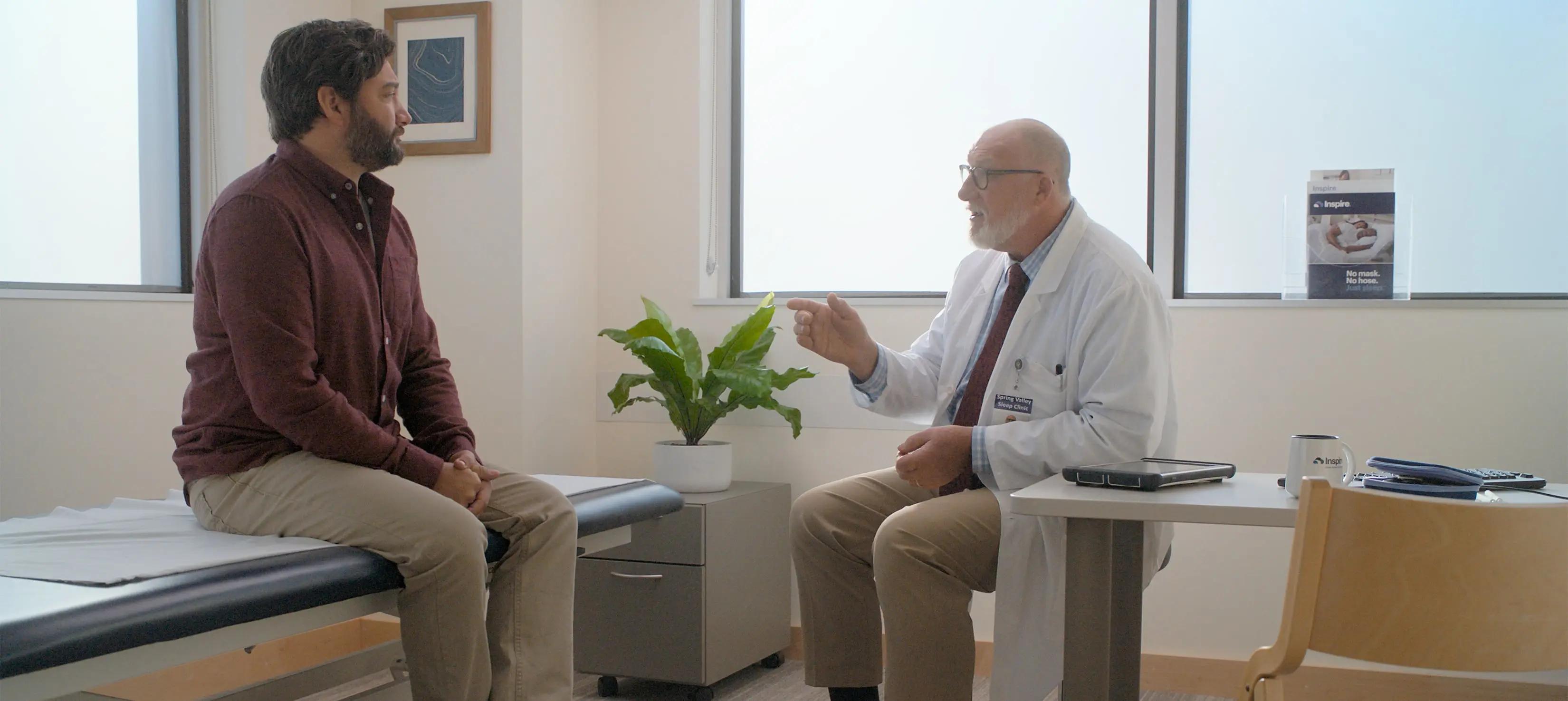



Inspire therapy puts you in control
Through a simple-to-use system including the Inspire implant, remote and app, Inspire therapy enables you to control your therapy from the palm of your hand.
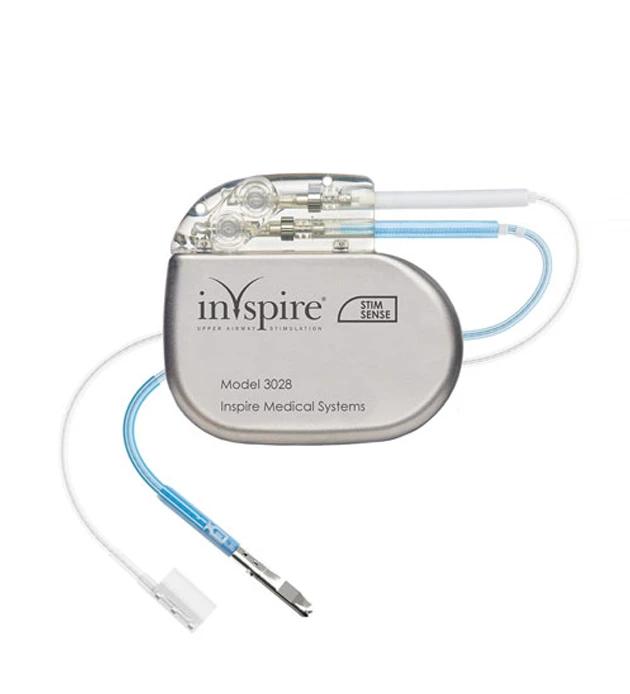
The Inspire implant keeps your airway open while you sleep, so you can breathe regularly and sleep soundly.
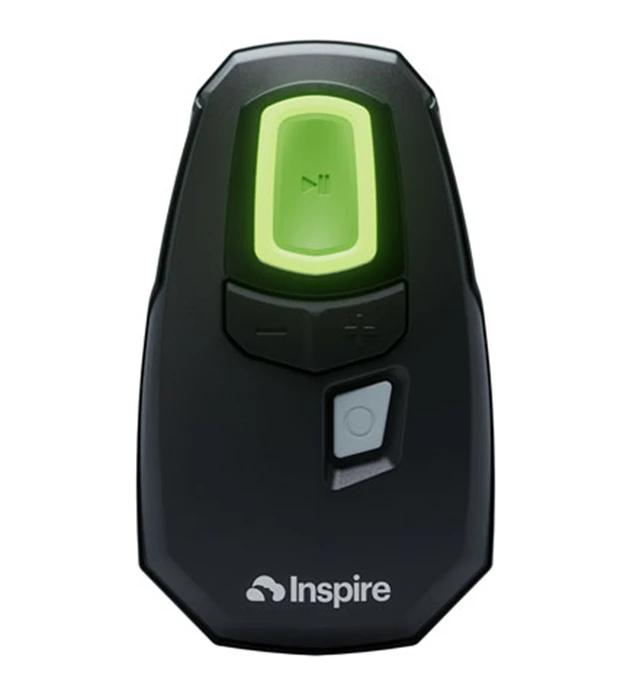
The handheld Inspire™ remote simply turns on your therapy when you’re ready to sleep. No mask or hose required.
